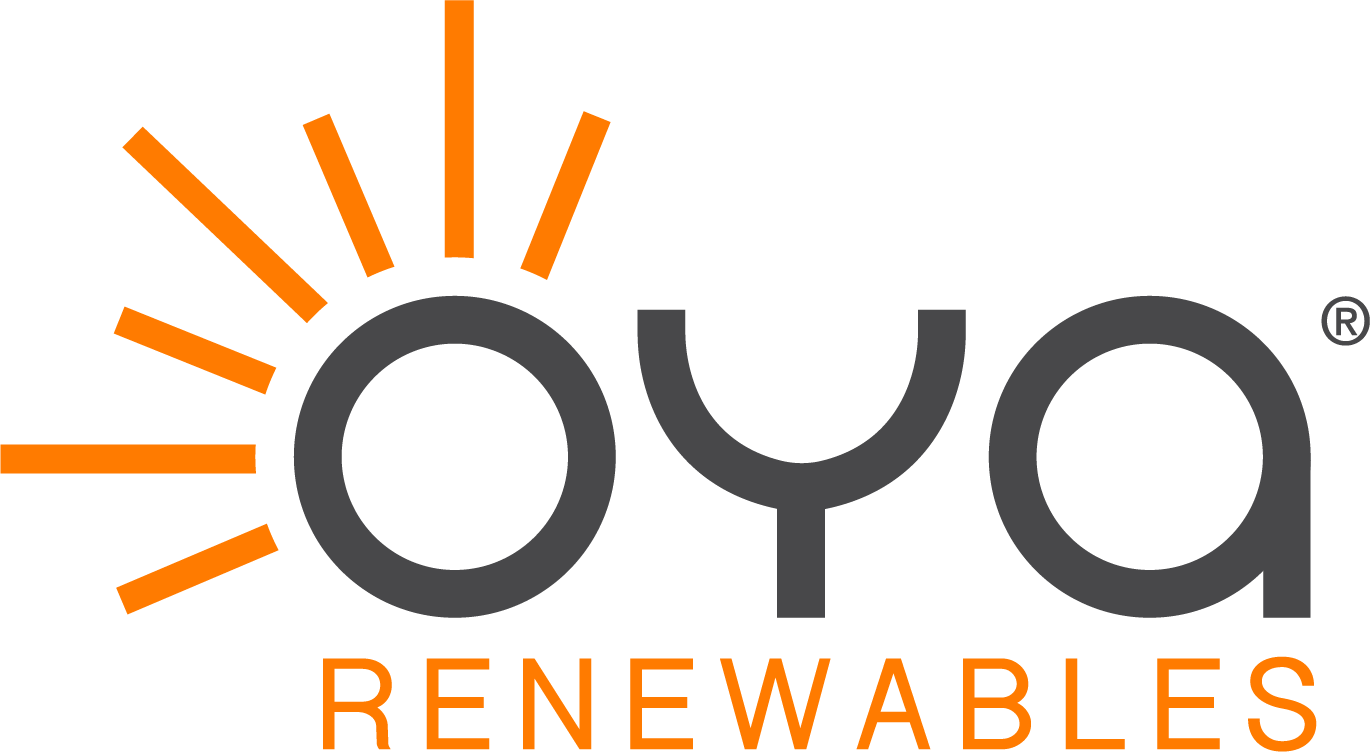What if I purchase electricity through an ESCO?
You may continue to purchase your electric supply through an ESCO while subscribing to a community solar project. The bill credit estimate and associated savings, provided above, include the cost of your ESCO electric supply bill.
In some cases, ESCOs bill their customers separately, rather than processing the supply charge directly on the utility bill. If this is the case, to reap the maximum benefits of community solar, your ESCO will need to process your supply bill through the utility’s billing system. This process enables you to receive a bill credit against your supply charge in addition to the rest of your electric bill.
If the ESCO supply bill is not moved onto the utility bill, you will receive bill credits against your entire electric bill, except for the supply charges. Should you notify us this is the case, the subscription percentage, and your associated estimated cost savings, will be reduced.
